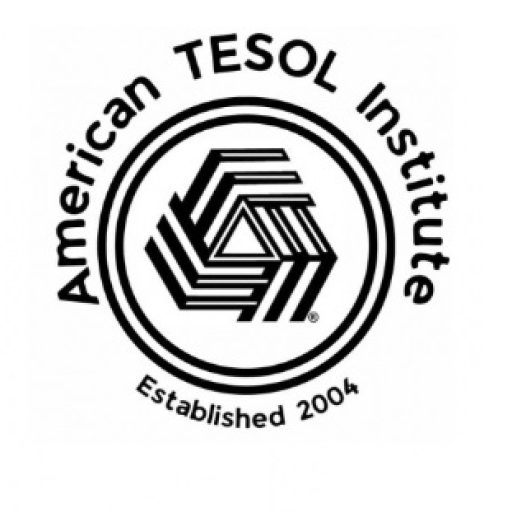In today’s fast-paced digital world, educators are continually seeking innovative ways to enhance student engagement and streamline classroom processes. One effective tool that has emerged is the Quick Response (QR) code. These small, scannable codes can provide students with instant access to resources, facilitate the creation of e-portfolios, and simplify assignment distribution. Here’s how educators can leverage QR codes to enhance their teaching methods.
1. Easy Access to Content
Streamlined Resource Sharing
QR codes can make it effortless for students to access learning materials. By generating QR codes linked to specific resources—such as articles, videos, or online exercises—educators can place these codes around the classroom or on handouts. Here’s how to implement this:
- Create QR Codes: Use free online QR code generators to create codes that link directly to your content.
- Distribute Strategically: Print and display these codes around the classroom or include them in presentations and assignments.
- Encourage Scanning: Teach students how to scan QR codes with their smartphones or tablets to access materials instantly.
Interactive Learning Experiences
QR codes can lead students to interactive quizzes or educational games. By incorporating gamified learning elements, educators can make lessons more engaging.
2. Creating E-Portfolios
Showcase Student Work
E-portfolios allow students to curate their work, reflecting on their learning journey and showcasing their accomplishments. QR codes can simplify this process:
- Link to Digital Platforms: Use QR codes that direct students to their e-portfolio platforms, such as Google Sites, Wix, or Padlet.
- Presentation Opportunities: Students can print their QR codes on physical projects or displays, allowing peers and teachers to view their online portfolios effortlessly.
- Reflection and Feedback: Encourage students to include reflective pieces in their e-portfolios and share them via QR codes for peer review and feedback.
Integrate with Assessments
QR codes can be used to assess students’ understanding. For instance, students could submit projects with a QR code linking to their portfolio or a reflection on their work.
3. Issuing Assignments
Simplifying Assignment Distribution
Instead of handing out paper copies of assignments, educators can use QR codes to streamline the process:
- Digital Access: Create QR codes that link directly to assignment documents stored on platforms like Google Drive or Microsoft OneDrive.
- Real-Time Updates: If assignments change, updating the document in the cloud will automatically update the QR code link, ensuring students always have the latest information.
Encouraging Accountability
Teachers can use QR codes to track submissions. By generating a unique QR code for each assignment submission, students can scan and submit their work digitally, allowing for easier organization and tracking.
Best Practices for Using QR Codes in the Classroom
- Ensure Accessibility: Make sure all students have access to devices that can scan QR codes.
- Provide Instructions: Offer guidance on how to scan QR codes and navigate the linked content.
- Engage with Feedback: Solicit student feedback on their experience using QR codes to continuously improve your approach.
Conclusion
Incorporating QR codes into the classroom can transform how educators deliver content, assess student work, and encourage student engagement. By making resources easily accessible, facilitating the creation of e-portfolios, and simplifying assignment distribution, QR codes offer a dynamic tool for modern teaching. As technology continues to evolve, embracing these innovative methods can enhance the learning experience and foster a more interactive educational environment.



